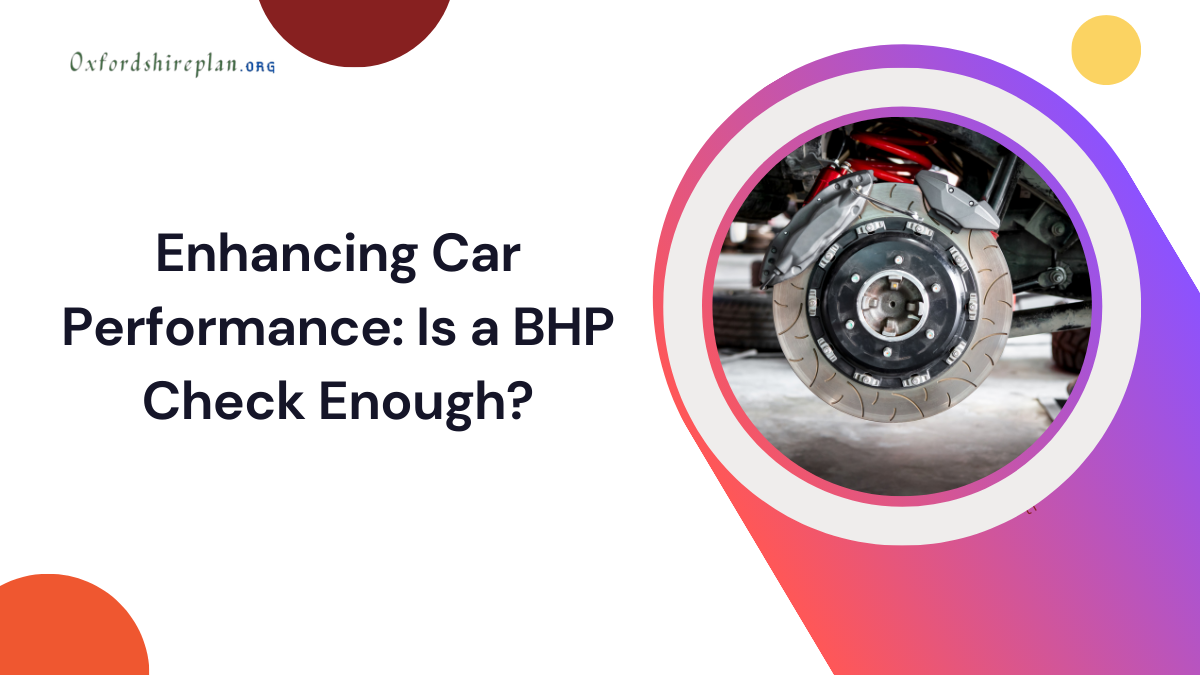Driving safely means understanding the various types of headlights your vehicle is equipped with and knowing when to use them. One essential feature is dipped headlights, also known as dipped beams.
These lights are crucial for nighttime driving and in conditions with poor visibility. This article provides a comprehensive explanation of dipped headlights, their importance, and guidelines on when and how to use them.
Contents
- What Are Dipped Headlights?
- How Dipped Headlights Work?
- Importance of Dipped Headlights
- When to Use Dipped Headlights?
- Switching between headlights
- Automatic headlights and sensors
- Maintaining your headlights
- Legal considerations
- Conclusion
- FAQs
- What are dipped headlights?
- When should I use dipped headlights?
- How do dipped headlights work?
- Read More:
What Are Dipped Headlights?
Dipped headlights, or dipped beams, are a setting on your car’s headlight system designed to provide adequate illumination of the road ahead without blinding other road users.
They are positioned at an angle that points slightly downward, hence the term “dipped,” which prevents the light from shining directly into the eyes of oncoming drivers. This is essential for maintaining safety and visibility on the road, especially in low-light conditions.
How Dipped Headlights Work?
Dipped headlights are engineered to offer a balance between providing enough light for the driver to see the road clearly and avoiding glare that could impair the vision of other drivers. They achieve this through the following mechanisms:
- Dipped beams are set at a lower angle compared to main beams, which helps direct the light onto the road rather than straight ahead.
- The design of the headlight reflector and lens ensures that the light is spread evenly across the road surface, enhancing visibility without creating hotspots that can cause glare.
- Many modern vehicles come equipped with sensors that automatically adjust the angle of the dipped beams based on the car’s load and road conditions, ensuring optimal performance at all times.
Importance of Dipped Headlights
Dipped headlights are a critical component of your vehicle’s lighting system for many reasons:
- They provide sufficient light to illuminate the road ahead, making it easier to see obstacles, road signs, and other vehicles.
- By preventing glare, dipped headlights reduce the risk of accidents caused by temporary blindness from overly bright lights.
- In many countries, the use of dipped headlights is mandated by law under specific conditions to ensure road safety.
When to Use Dipped Headlights?
Knowing when to use dipped headlights is essential for safe driving. Here are the primary scenarios where dipped headlights should be used:
- Dipped headlights should be used whenever you are driving at night. They provide the necessary illumination to see the road while preventing glare for other drivers.
- Use dipped headlights during poor visibility conditions such as fog, heavy rain, or snow. They help you see better and make your vehicle more visible to others.
- During twilight hours, when the light levels are low but it is not completely dark, dipped headlights improve visibility and help signal your presence to other drivers.
Switching between headlights
Modern vehicles are equipped with different headlight settings, and understanding when to switch between them is crucial. Here is a quick guide:
- Use Main Beams (High Beams) on unlit roads where there is no oncoming traffic. They provide maximum illumination but can cause glare for other drivers.
- Dipped Beams should be your default setting in low-light conditions and when you are likely to encounter other road users.
- Side Lights (Parking Lights) These are for use when your car is parked in a poorly lit area, ensuring that your vehicle is visible to other road users.
Automatic headlights and sensors
Many modern cars come equipped with automatic headlights that use sensors to detect light levels and switch between dipped beams and other settings accordingly.
These systems enhance convenience and safety by ensuring that the correct lights are used at the appropriate times without requiring manual intervention from the driver.
Maintaining your headlights
Proper maintenance of your headlights ensures they function optimally and provide the best possible visibility. Here are some tips for maintaining your dipped headlights:
- Headlights can become dirty or foggy over time. Regularly clean the lenses to ensure maximum light output.
- Over time, headlight bulbs can dim or burn out. Check your lights regularly and replace bulbs as needed.
- Misaligned headlights can reduce visibility and cause glare for other drivers. Have your headlights checked and adjusted periodically by a professional.
- Inspect your headlights for any cracks or damage that could affect their performance. Replace damaged components promptly.
Legal considerations
In many jurisdictions, the use of dipped headlights is governed by traffic laws. Failing to use them appropriately can result in fines or penalties. Here are some legal considerations:
- In many countries, using dipped headlights is mandatory during nighttime and low-visibility conditions.
- Some regions require the use of DRLs, which automatically switch to dipped beams as light levels drop.
- Laws often prohibit the use of high beams in areas with oncoming traffic or in well-lit urban environments.
Conclusion
Dipped headlights are an essential feature for safe driving, providing the necessary illumination without causing glare for other road users. Understanding when and how to use them can significantly enhance your driving safety and ensure compliance with traffic laws.
Regular maintenance and proper use of dipped headlights will help you navigate various driving conditions effectively.
FAQs
What are dipped headlights?
Dipped headlights, or dipped beams, are a setting on your car’s headlight system designed to provide adequate illumination of the road ahead without blinding other road users.
When should I use dipped headlights?
Use dipped headlights at night, during low visibility conditions (such as fog, rain, or snow), at dusk and dawn, in tunnels and underground parking, in urban areas, and when meeting oncoming traffic.
How do dipped headlights work?
Dipped headlights work by directing the light beam at a lower angle to illuminate the road ahead without causing glare. They use reflectors and lenses to distribute light evenly.
Read More:
- Joey Essex Finally Speaks Out as Ex Grace Explodes at Luca on Love Island All Stars
- What Is a Movie Grid and How Does It Work?
- Why Did Sharona Leave Monk?
- How to Apply For the EU Settlement Scheme?
- UC Universal Credit United Kingdom Log In – Check Now

I am a dedicated lifestyle and fashion enthusiast, always looking for the latest trends and timeless styles. With a flair for creativity and a passion for self-expression, I provide fresh insights and tips on elevating everyday living and personal style.
















